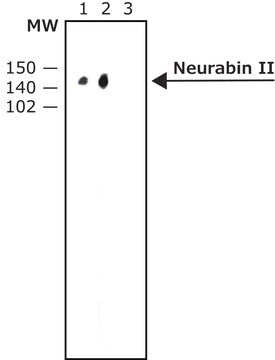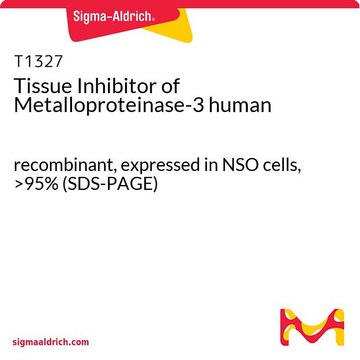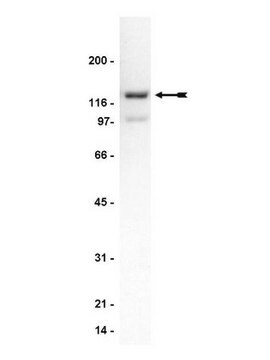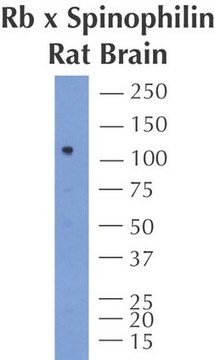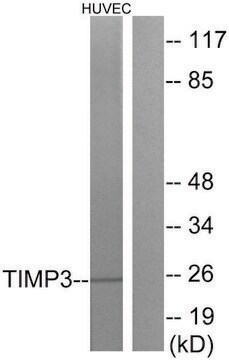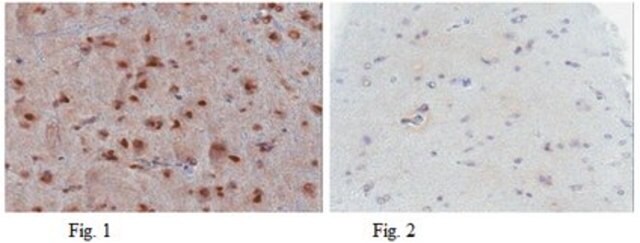T7687
Anti-Tissue Inhibitor of Metalloproteinase-3, First Loop antibody produced in rabbit
~1 mg/mL, buffered aqueous glycerol solution, affinity isolated antibody
Synonym(s):
Anti-TIMP-3
About This Item
Recommended Products
biological source
rabbit
Quality Level
conjugate
unconjugated
antibody form
affinity isolated antibody
antibody product type
primary antibodies
clone
polyclonal
form
buffered aqueous glycerol solution
species reactivity
human
concentration
~1 mg/mL
technique(s)
western blot: 1:1,000 using a whole cell extract from human fibroblasts (M 3303)
UniProt accession no.
shipped in
wet ice
storage temp.
−20°C
Gene Information
human ... TIMP3(7078)
Specificity
Immunogen
Physical form
Disclaimer
Not finding the right product?
Try our Product Selector Tool.
Signal Word
Danger
Hazard Statements
Precautionary Statements
Hazard Classifications
Eye Irrit. 2 - Resp. Sens. 1
Storage Class Code
10 - Combustible liquids
WGK
WGK 2
Flash Point(F)
Not applicable
Flash Point(C)
Not applicable
Personal Protective Equipment
Regulatory Listings
Regulatory Listings are mainly provided for chemical products. Only limited information can be provided here for non-chemical products. No entry means none of the components are listed. It is the user’s obligation to ensure the safe and legal use of the product.
JAN Code
T7687-.1MG-PW:
T7687-VAR:
T7687-.1MG:
T7687-BULK:
Choose from one of the most recent versions:
Already Own This Product?
Find documentation for the products that you have recently purchased in the Document Library.
Our team of scientists has experience in all areas of research including Life Science, Material Science, Chemical Synthesis, Chromatography, Analytical and many others.
Contact Technical Service